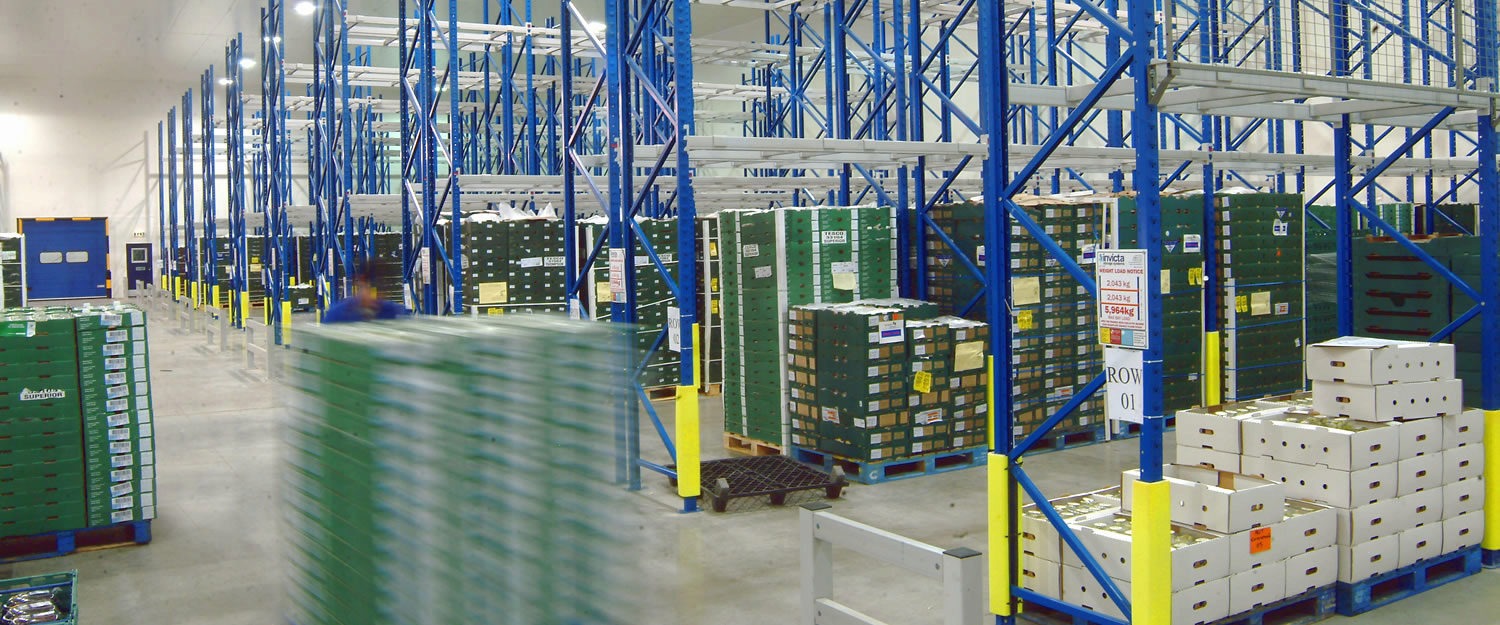For your information
You are being redirected to one of our divisional subsites which contains more detailed information on the required division. To navigate back to the main Invicta Group site, please click the link found in the footer at the bottom of the page.
What is last mile delivery, and how can I improve it?
14th March 2023
Quick Quote
Contact Mick Coyne
To get a quotation or arrange a free site survey - Call Mick Coyne on
-
 UK
UK
Current location:
Quick Quote
Contact Mick Coyne
-
 UK
UK
Current location:
In ecommerce, the most important part of the process is the one that the customer sees. With expectations around the speed of delivery rising, the rate at which you can transfer goods from a local distribution centre to the door is of pivotal importance. This is what’s known as last mile delivery, and it’s where many businesses are investing most of their time and effort.
As most companies can’t compete with the logistics of a competitor such as Amazon, improving last mile delivery means harnessing new technologies, smart strategies, and changes to the way your warehouses are organised. Doing so can increase your throughput and even reduce the cost of deliveries, all while delivering goods faster than ever.
What is last mile delivery?
Last mile delivery – sometimes called last mile logistics – isn’t literally the last mile. Instead, it represents the last stage in the long logistics cycle. Simply put, last mile delivery is the movement of goods from a local transportation hub to the customer or client. This might be from a local fulfilment centre or from a third party logistics provider, depending on your model.
Last mile delivery is the most visible part of the process for customers and clients, and the most important. People increasingly demand not only rapid delivery, but responsive delivery, with the ability to track deliveries in real time, and tailor them to their own availability. Amazon’s ‘free’ one-day and same-day deliveries have also set an expectation that fast deliveries shouldn’t cost extra – posing a serious challenge to smaller firms.
While it may not literally be the last mile, the name is an increasing aspiration for many businesses. Where it used to be enough to deliver from huge regional warehouses, logistics is becoming more localised. The ideal scenario for many businesses is to get as close to customers as possible, with a greater quantity of smaller fulfilment centres in urban environments. This poses interesting challenges, both from a design, delivery and technological standpoint.
The changing face of fulfilment
For those businesses that can afford it – and for whom it makes logistical sense – urban warehouses are increasingly in demand. The idea is that rather than having a handful of large warehouses where everything is stored, the most popular goods are stored in a greater number of smaller warehouses, positioned closer to or within major population centres. This allows for the majority of goods to be fulfilled much more rapidly, bringing other businesses in line with people’s expectations of next or same-day delivery.
Of course, this isn’t realistic for everyone. While 3PLs are increasingly offering a similar service to businesses who cannot afford or justify their own network of warehouses, their popularity can elevate costs, and they are not going to be suitable for every type of good. Many 3PLs will also not accommodate for the precise tracking and route optimisations that can be achieved through integration with your ecommerce and warehouse management systems, increasing costs and nullifying some of the advantages of the urban warehouses.
It’s here that businesses face tough choices. When it can seem like the Amazon model of rapid deliveries is unobtainable, businesses need to develop other USPs. While an increasing number of people actively want to shop at smaller retailers, the convenience of Amazon is hard to escape. Things like loyalty and rewards schemes, a range of good value delivery options, click and collect, a site that’s easy to navigate, a strong brand identity, and messaging that highlights the benefits of being a smaller business (customer support, job creation etc) will all help to sway those customers.
How to improve your last mile delivery
None of this is to say however that better last mile delivery is unobtainable. As well as the option of increasingly flexible 3PLs, there is a new wave of logistics companies serving small businesses: crowdsourced or gig economy deliveries. Crowdsourcing is a way to deliver goods responsively according to demand. Rather than having an inflexible fleet of delivery vehicles that sets out with a specific schedule, crowdsourced deliveries can source vehicles in response to orders.
As well as being more responsive, crowdsourcing also provides greater flexibility for customers. By integrating with the crowdsourcing platform using an API, both parties can track the availability and position of drivers through GPS, and allow customers to reschedule deliveries, optimising the delivery routes in real time. Importantly, it can also be better for the environment. Instead of trucks spending half of their journeys empty, they can pick up and drop off goods as they travel around; whether that’s from local hubs within a city, or from regional warehouses as they travel across countries.
Beyond changing your delivery model, there are also changes you can make to your warehouse. Many of the roadblocks to rapid deliveries happen in picking and packing, rather than shipping, whether that’s picking errors or the simple amount of time it takes to ship goods. Changes such as relocating popular items to racks close to packing and shipping areas, better labelling and organisation to help operatives find items, and increasing the number of picking faces and packing stations in a warehouse can all expedite shipping. If you don’t have the room to make these changes, high density pallet racking formats such as narrow aisle racking, mezzanine floors or multi tier systems can all help to create new floorspace.
–
Last mile delivery is an area of rapid development, and a major focus of tech funding, with new solutions being theorised and tested every week. Businesses should be aware of this, and explore all avenues to speed up last mile delivery, from better integration with 3PLs, to crowdsourcing, to the adoption of warehouse robotics and autonomous vehicles.
Beyond this, however, the state of your warehouse remains key. Improving the speed and efficiency of your picking and packing processes through simple changes to the warehouse will help to get goods delivered faster – whatever that method of delivery may be.
Accreditations & Affiliations







Start your project
Tell us about your project. Please complete this form. One of our sales team will come back to you with more details. If you prefer, you can drop us an email.




Share/Like this page